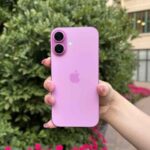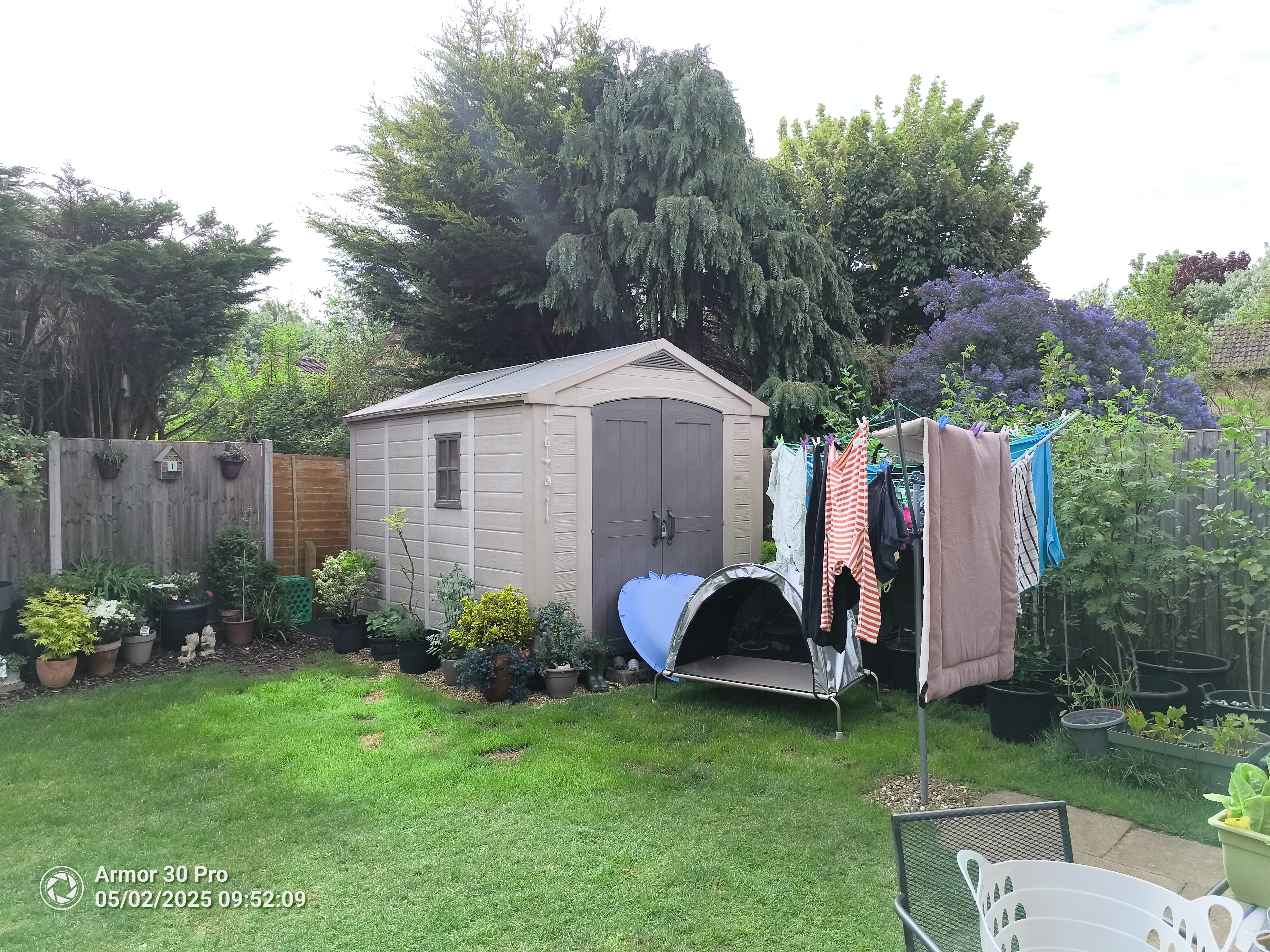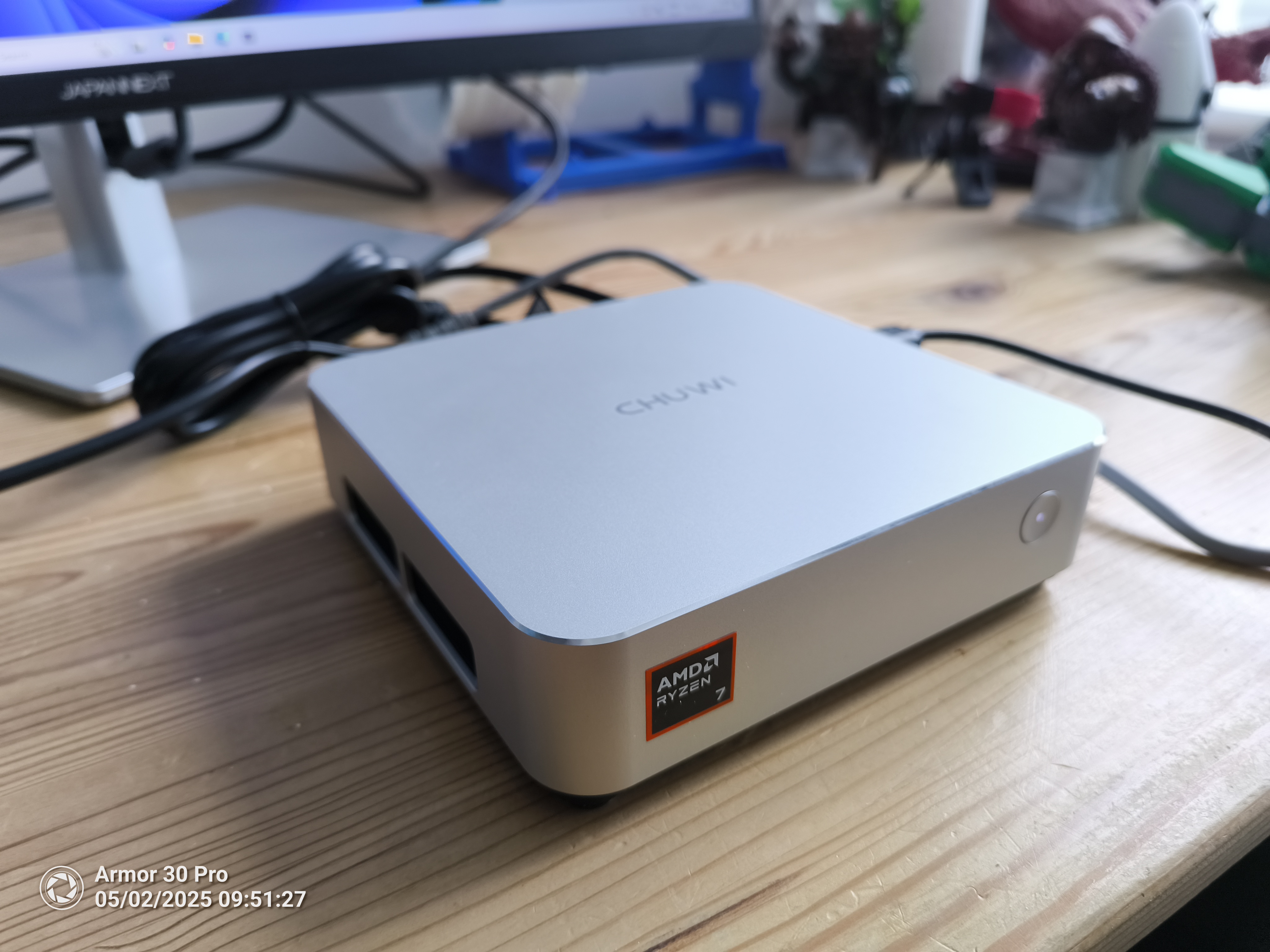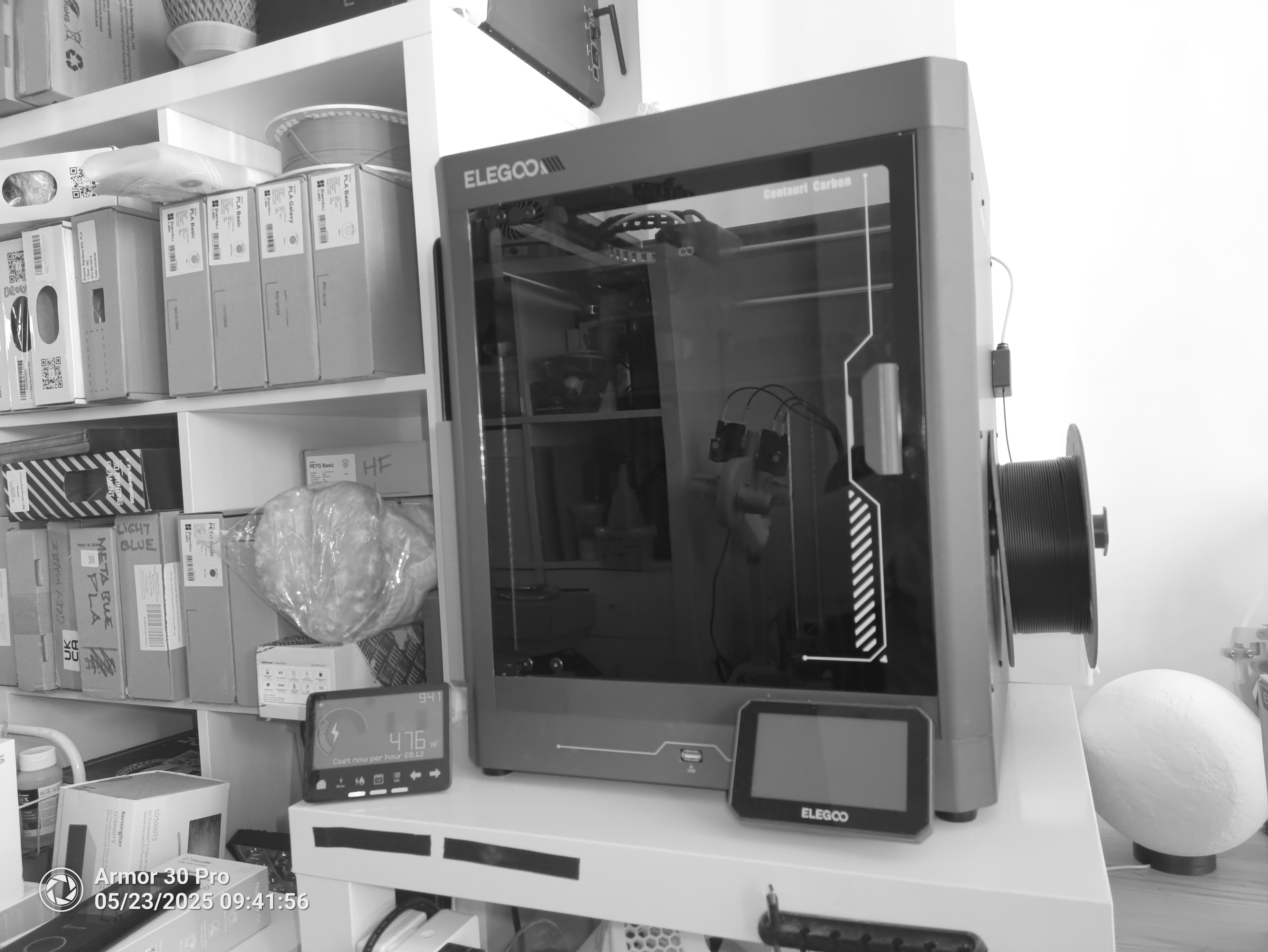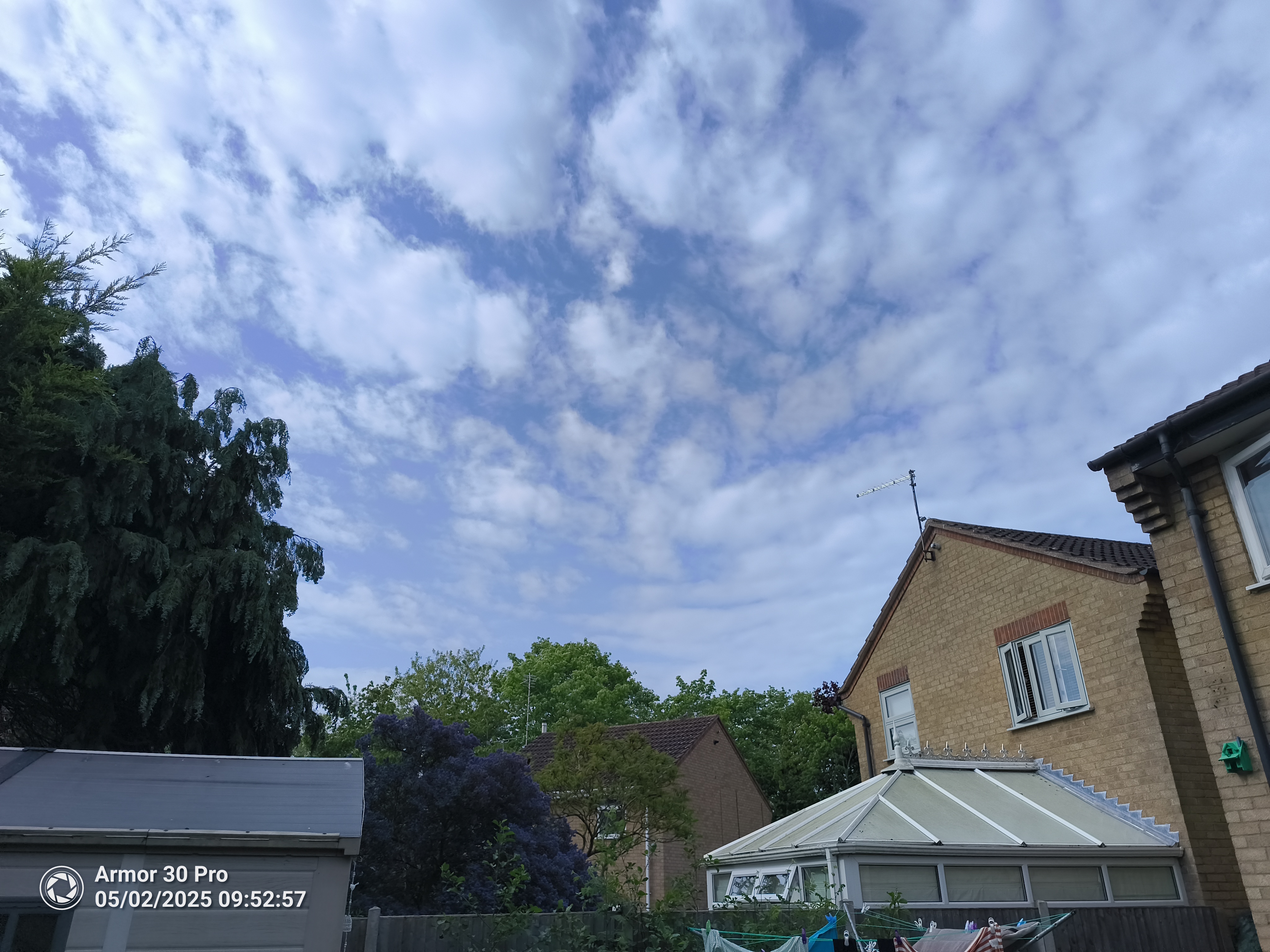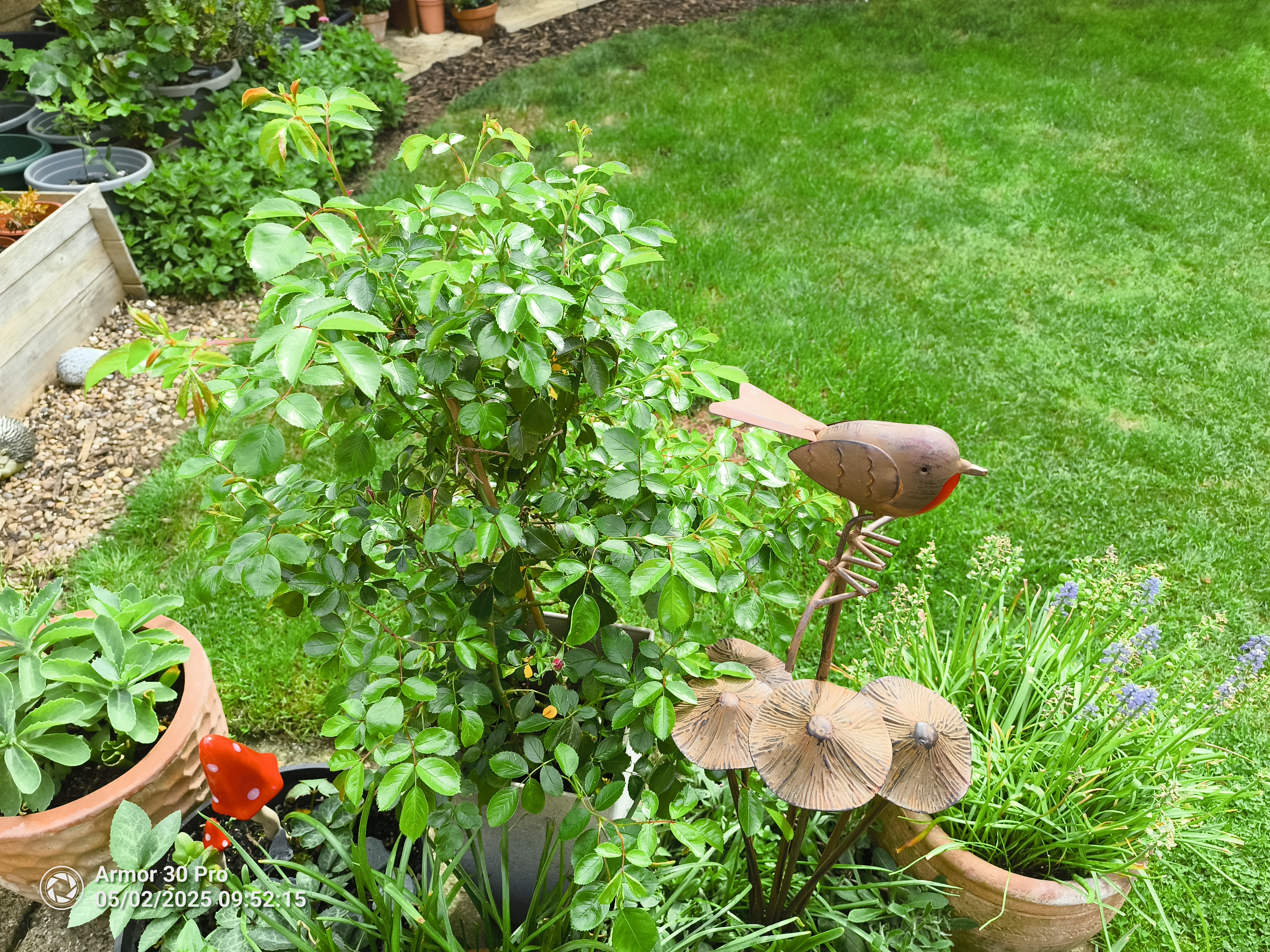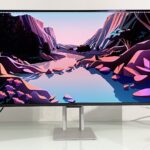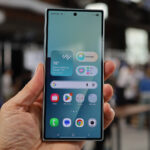Why you can trust TechRadar
We spend hours testing every product or service we review, so you can be sure you’re buying the best. Find out more about how we test.
Ulefone Armor 30 Pro: 30-second review
Between Oukitel and Ulefone, there appears to be a battle over which brand can make the biggest rugged phone design.
The latest champion from Ulefone is the Armor 30 Pro, a dual-screen design that packs plenty of power, storage and features into an aluminium and polycarbonate block.
At over 500g, the 30 Pro isn’t a lightweight design most would embrace as a daily driver, but for those working away from civilisation, it has enough battery capacity to keep it going for days.
That aspect, combined with its ability to handle being dropped and even submersed, makes it an interesting choice for outdoor workers and adventure holidays.
It uses one of MediaTek’s latest Dimensity SoCs, so it isn’t short on performance. With 16GB of RAM and 512GB of storage, this Android 15 platform has relatively few limitations.
Where it diverges from most dual-display phones is in the second rear-mounted screen, which is a fully functional display with touch, just a bit smaller than the main one on the front. The second display saves you from turning the phone over, which can be helpful if you wish to use the massive 118dB rear speaker and in a few other specific scenarios.
That feature specifically strongly hints that the Armour 30 Pro is meant for beach party fans, and this idea is supported by the inclusion of a night vision sensor in the camera cluster.
Overall, Ulefone has gone its own way with the 30 Pro, and if you buy it from the right source, this is a feature-packed design that isn’t overly expensive.
It’s probably a little niche to make it into our best rugged phone round-up, but it’s an interesting option all the same.
Ulefone Armor 30 Pro: price and availability
- How much does it cost? $550/£399
- When is it out? Available globally
- Where can you get it? Direct from the maker or via an online retailer
Ulefone is one of the Chinese brands that sells its products through AliExpress, but it also offers the Armor 30 Pro directly from its own branded shop.
Buying directly, the asking price is $549.99 in the USA and £399 in the UK, but it can be found cheaper online. Amazon.com retails the phone for $475.99, but that reduction is nothing compared to the $379.99 that it can be found on AliExpress.
While getting it directly from China might take longer and involve some additional costs, it’s certainly the cheapest option.
Considering the specifications of this device, $380 seems an attractive price, and this is strongly comparable to other dual-display phones, like the Doogee V40 Pro.
Ulefone Armor 30 Pro: Specs
|
Item |
Spec |
|
CPU: |
MediaTek Dimensity 7300X |
|
GPU: |
Arm Mali-G615 MC2 |
|
NPU: |
MediaTek APU 655 |
|
RAM: |
16GB |
|
Storage: |
512GB |
|
Screen: |
6.95-inch AMOLED 700 nits 120Hz + AMOLED 3.4 600 nits 60Hz |
|
Resolution: |
1080 x 2460 and 412 x 960 pixels |
|
SIM: |
2x Nano SIM + TF (all three can be used) |
|
Weight: |
509 grams |
|
Dimensions: |
181.3 x 84.9 x 21.2 mm |
|
Rugged Spec: |
IP68 IP69K dust/water resistant (up to 2m for 30 min), MIL-STD-810H Certification |
|
Rear cameras: |
50MP OV50H + 64MP OV64B Night Vision + 50MP JN1 Ultra wide-angle |
|
Front camera: |
32MP Samsung GD2 |
|
Networking: |
WiFi 6, Bluetooth 5.3 |
|
OS: |
Android 15 |
|
Battery: |
12800 mAh battery (Max 66W wired, 10W reverse) |
|
Colours: |
Magic Black |
Ulefone Armor 30 Pro: design
- Solid construction
- Two displays
- Headphone jack
When a phone is more than half a kilogram, as this one is, any semblance of elegance has exited stage left before the curtain has risen.
The Armor 30 Pro is a chunky device that seems to have a secondary use for knocking nails into wood, although Ulefone shaped it cleverly to avoid being easy to drop. The sloped sides make picking up the phone and holding it easier, and all the contact points are smooth, exposed metal.
The button layout is a mix of what I usually anticipate, with a dash of the unexpected. The common elements are the power and volume rockers on the right side, with the user-defined button on the left and the SIM tray. Also on the left is a uSmart adapter for microscopes and endoscopes.
But another custom button on the right is set to take photos, and the top edge has a 3.5mm audio jack and an IR blaster.
A nice touch for those who are likely to need the waterproofing on this design is that the two rubber covers, one each on the audio jack and USB-C ports is that the rubber covers are both held in with screws. That implies they could be replaced if they become worn.
This design breaks the most new ground on the rear, as it features a hexagonal camera cluster with a 4W speaker in the centre. The Halo 2.0 specification speaker can generate 118dB, enough to damage your hearing at short range. Supposedly, there is a megaphone mode, though I never found this function in the applications.
However, the most noticeable rear feature is a second 3.4-inch screen that augments the huge 6.95-inch one on the front.
What was genuinely surprising about the half-sized screen is that it’s fully functional, including the touch. However, you will need either tiny fingers or a stylus (not provided) to use it as easily as the main screen.
While I can imagine a few useful things this second screen offers, it does increase the phone’s weight significantly, and it’s mostly for those who are too lazy to turn their phone over. If that’s you, then Ulefone has you covered.
Despite my misgivings about the second display, this is a decent design. I especially liked the quality of construction, the camera button, and the 3.5mm audio jack.
Design score: 4/5
Ulefone Armor 30 Pro: hardware
- MediaTek Dimensity 7300X
- Punchy display
- 12800 mAh battery
While not the Dimensity 8200 seen in the Oukitel WP200 Pro, the Dimensity 7300X is still a reasonably powerful SoC with 5G comms and a decent Arm Mali-G615 MC2 GPU. There is also an NPU, although what this contributes to running Google Gemini or Microsoft Copilot isn’t clear.
While there are faster machines that are more suited to 3D gaming, the Dimensity 7300x’s performance is more than sufficient for the majority of users. It was fabricated at 4nm, so it’s also extremely power-efficient.
However, the first feature most purchasers will notice is the striking 6.95-inch AMOLED main display. Covered in Corning’s Gorilla Glass 5, as is the rear, this panel is also AMOLED, I believe. It outputs 700 nits of brightness with exceptional contrast. This model is rated for HDR10 and HDR10+ content and features a 120Hz refresh rate.
Interestingly, the second rear display has a lower resolution but still manages the HDR standards, even if it is capped at 60Hz.
The only issues with both displays are their glossy nature and the amount of reflections they generate in bright outdoor conditions. Some anti-glare coating or film is definitely needed here.
Another critical selling point of this design over a standard phone is the battery life, which is the trade-off for having a phone this heavy.
The battery that Ulefone included is substantial, at 12800 mAh, which is almost three times the capacity of a typical mobile phone battery, and enough power to keep this phone on standby for 690 hours (nearly 29 days) and could support a 69-hour call.
There are phones that have even greater capacity, and we’ll talk about one of those in the performance section, but battery life is good on this design. Having a big battery is useful, but only if you can rapidly recharge it.
The box includes a 66W charger, and unlike some designs I could mention, the 30 Pro will recharge from zero in under two hours.
Overall, the hardware in this design isn’t at the top tier, but it’s at the higher end, and relatively few potential customers would be dissatisfied with the experience.
Ulefone Armor 30 Pro: cameras
- 50MP, 64MP and 50MP sensors on the rear
- 32MP on the front
- Four cameras in total
The Ulefone Armor 30 Pro has four cameras:
Rear camera: 50MP OV50H primary, 64MP OV64B Night Vision , 50MP JN1 Ultra wide-angle
Front camera: 32MP Samsung GD2
With so many phones using the 108MP Samsung S5KHM6SX these days, the primary sensor offered here, with only a 50MP sensor, might seem less than compelling.
That said, in the majority of cases, a good 50MP sensor with optical focusing is far superior to a 108MP sensor with limited optics. I’d argue that the results of the 50MP Omnivision OV50H using a great 1/1.3” ultra-large sensor, sporting a f/1.95 large aperture and with built-in EIS anti-blur technology. But that’s elevated with a seven-component optical system combining AI processing to deliver exceptionally sharp results.
The second sensor is a 64MP OV64B that uses IR illumination to create amazingly crisp B&W night shots. Finally, another 50MP Samsung JN1 is used with ultra-wide optics for a 117.3-degree field of view, perfect for shooting dramatic landscapes.
My only complaint about these sensors is that there are no telephoto optics, sadly.
The front sensor is a 32MP Samsung GD2, and as is typical currently, this is complete overkill for FaceTime captures.
However, it’s worth mentioning that one of the genuine uses of the second screen is that, irrespective of using the primary or the front-facing cameras, it’s possible to see what the phone is recording from the other side. For those using the phone to record themselves or with the help of an assistant, the second screen could be a game-changer.
One aspect that I’m less keen on is that the phone has an underwater camera mode. Given that the device is only rated to remain waterproof up to a depth of 2 metres, encouraging its use underwater seems to be courting disaster. Even if you can visualise how deep that is underwater, the phone will plummet like a rock if you lose your grip on it, and the pressure will force water inside.
I tested all phones that I reviewed for Widevine L1 video encryption, and I’m delighted to say that this phone is L1 rated, enabling the best quality streams from mainstream content providers, like Netflix or Disney+. Given how few Chinese phone makers offer L1, Ulefone deserves some credit for that.
Ulefone Armor 30 Pro Camera samples
Ulefone Armor 30 Pro: performance
- Decent SoC
- GPU is game-friendly
- Large battery
|
Phone |
Header Cell – Column 1 |
Ulefone Armor 30 Pro |
Oukitel WP300 |
|---|---|---|---|
|
SoC |
Row 0 – Cell 1 |
Dimensity 7300X |
Dimensity 7050 |
|
GPU |
Row 1 – Cell 1 |
Mali-G615 MC2 |
Mali-G68 MC4 |
|
Mem |
Row 2 – Cell 1 |
MediaTek NPU 655 |
MediaTek NPU 550 |
|
NPU |
Row 3 – Cell 1 |
16GB/512GB |
12GB/512GB |
|
Weight |
Row 4 – Cell 1 |
509g |
512g |
|
Battery |
Row 5 – Cell 1 |
12800 |
16000 |
|
Geekbench |
Single |
1030 |
966 |
| Row 7 – Cell 0 |
Multi |
3269 |
2514 |
| Row 8 – Cell 0 |
OpenCL |
2509 |
2693 |
| Row 9 – Cell 0 |
Vulkan |
2502 |
2875 |
|
GFX |
Aztec Open Normal |
36 |
31 |
| Row 11 – Cell 0 |
Aztec Vulkan Norm. |
42 |
27 |
| Row 12 – Cell 0 |
Car Chase |
36 |
28 |
| Row 13 – Cell 0 |
Manhattan 3.1 |
61 |
44 |
|
PCMark |
3.0 Score |
11282 |
11379 |
| Row 15 – Cell 0 |
Battery |
26h 38m |
35h 37m |
|
Charge 30 |
% |
42 |
22 |
|
Passmark |
Score |
5033 |
7200 |
| Row 18 – Cell 0 |
CPU |
2140 |
5541 |
|
3DMark |
Slingshot OGL |
7238 |
5572 |
| Row 20 – Cell 0 |
Slingshot Ex. OGL |
5446 |
4350 |
| Row 21 – Cell 0 |
Slingshot Ex. Vulkan |
3814 |
3940 |
| Row 22 – Cell 0 |
Wildlife |
3284 |
2364 |
| Row 23 – Cell 0 |
Nomad Lite |
360 |
270 |
With the aim of keeping the comparisons more concurrent, I chose to compare the Ulefone Armor 30 Pro to the Oukitel WP300, a design that is also on the hefty side due to its large battery.
The Dimensity 7300X slightly outclasses the WP300’s 7050, although much of this difference is due to the GPU on the Armor 30 Pro. Looking at the results across the board, the Armor 30 Pro is close to 20% quicker at most things graphical and between 5-10% for processing.
That’s not a huge difference unless you play demanding games or locally process data.
Things get interesting in the battery results, with the 16000mAh of the WP300 lasting almost another nine hours. That’s 35% longer running for only 25% more battery.
There are only two possible culprits for this discrepancy. Either the second screen is impacting the running time, or the extra power of the Dimensity 7300X and Mali-G615 MC2 GPU combination is responsible for this phone not being as power-efficient as the WP300.
My guess, and it’s only that, is that the second display is probably the critical reason it doesn’t last longer.
Balancing that reality, 26 hours and 38 minutes is still a good operational time, and with curation, this device could easily last a week of use. The battery configuration in this phone is also far superior to that of the WP300, as it recharges twice as rapidly.
While there is always room for improvement, the Armor 30 Pro is an impressive device for its price point.
Ulefone Armor 30 Pro: Final verdict
The most significant selling point of this design is undoubtedly the dual screens, and initially, I was confused about the value of having another smaller screen on the opposite side of the phone.
However, there are some situations where the second screen is certainly useful. One of those is simultaneous translation, where the screen on the back can relay what the owner is saying, but in another language. This avoids having the phone talk over the speaker and vice versa. It’s also great if you want to use the phone to film content and have another person see what the phone is capturing.
But those who buy this need to perform one of these tasks regularly, or the extra weight, power consumption, and functionality will be largely redundant.
The other features in the Armor 30 Pro are either decent or more than acceptable, although the Halo 2.0 speaker looks to my ageing eyes like a mechanism to annoy others.
It would have been nice to have telephone optics on one camera sensor, but the selection is good, and the images and video it can capture aren’t a disappointment.
The make-or-break element here is the considerable weight. That makes it completely unsuitable for a child, an elderly person, or those with a wrist injury.
Thankfully, Ulefone has a good selection of belt and vehicle mounts that make working outdoors less problematic.
For less than $400 from the right source, there are plenty of good reasons to buy this phone, and only one significant reason to give it a pass.
Should I buy a Ulefone Armor 30 Pro?
|
Attributes |
Notes |
Rating |
|---|---|---|
|
Value |
Affordable for a phone with this spec |
4/5 |
|
Design |
It’s big and heavy, but the design has relatively few flaws |
4/5 |
|
Hardware |
Dual HDR10+ displays, a big battery and four camera sensors |
4/5 |
|
Camera |
Great sensor selection delivers good results |
4/5 |
|
Performance |
Punch platform and good battery life |
4/5 |
|
Overall |
A practical and effective design with a few minor flaws |
4/5 |
Buy it if…
Don’t buy it if…
Also Consider
For more durable devices, we’ve reviewed all the best rugged tablets, the best rugged laptops, and the best rugged hard drives
Read the full article here




